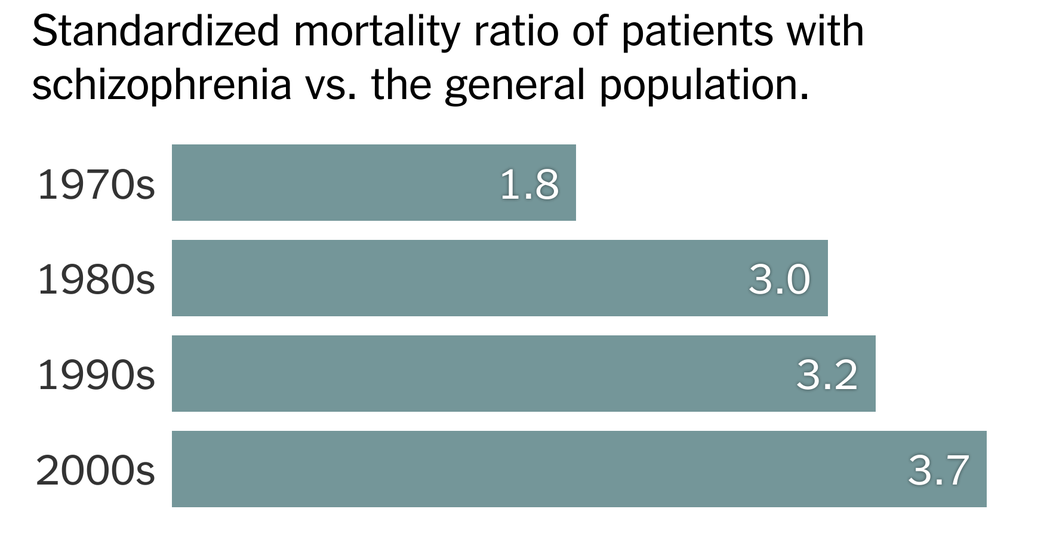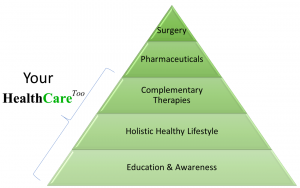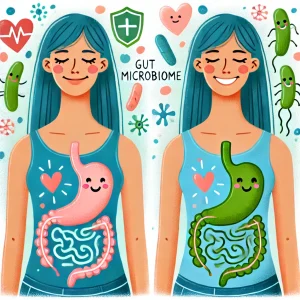Our Largest Health Disparity.

Americans with depression, bipolar disorder or other serious mental illnesses die 15 to 30 years younger than those without mental illness — a disparity larger than for race, ethnicity, geography or socioeconomic status. It’s a gap, unlike many others, that has been growing, but it receives considerably less academic study or public attention. The extraordinary life expectancy gains of the past half-century have left these patients behind, with the result that Americans with serious mental illness live shorter lives than those in many of the world’s poorest countries.
National conversations about better mental health care tend to follow a mass shooting or the suicide of a celebrity. These discussions obscure a more rampant killer of millions of Americans with mental illness: chronic disease.
We may assume that people with mental health problems die of “unnatural causes” like suicide, overdoses and accidents, but they’re much more likely to die of the same things as everyone else: cancer, heart disease, stroke, diabetes and respiratory problems. Those with serious mental illness are more likely to struggle with homelessness, poverty and social isolation. They have higher rates of obesity, physical inactivity and tobacco use. Nearly half don’t receive treatment, and for those who do, there’s often a long delay.
To read the original article please see: The Largest Health Disparity We Don’t Talk About – The New York Times
Our Model




